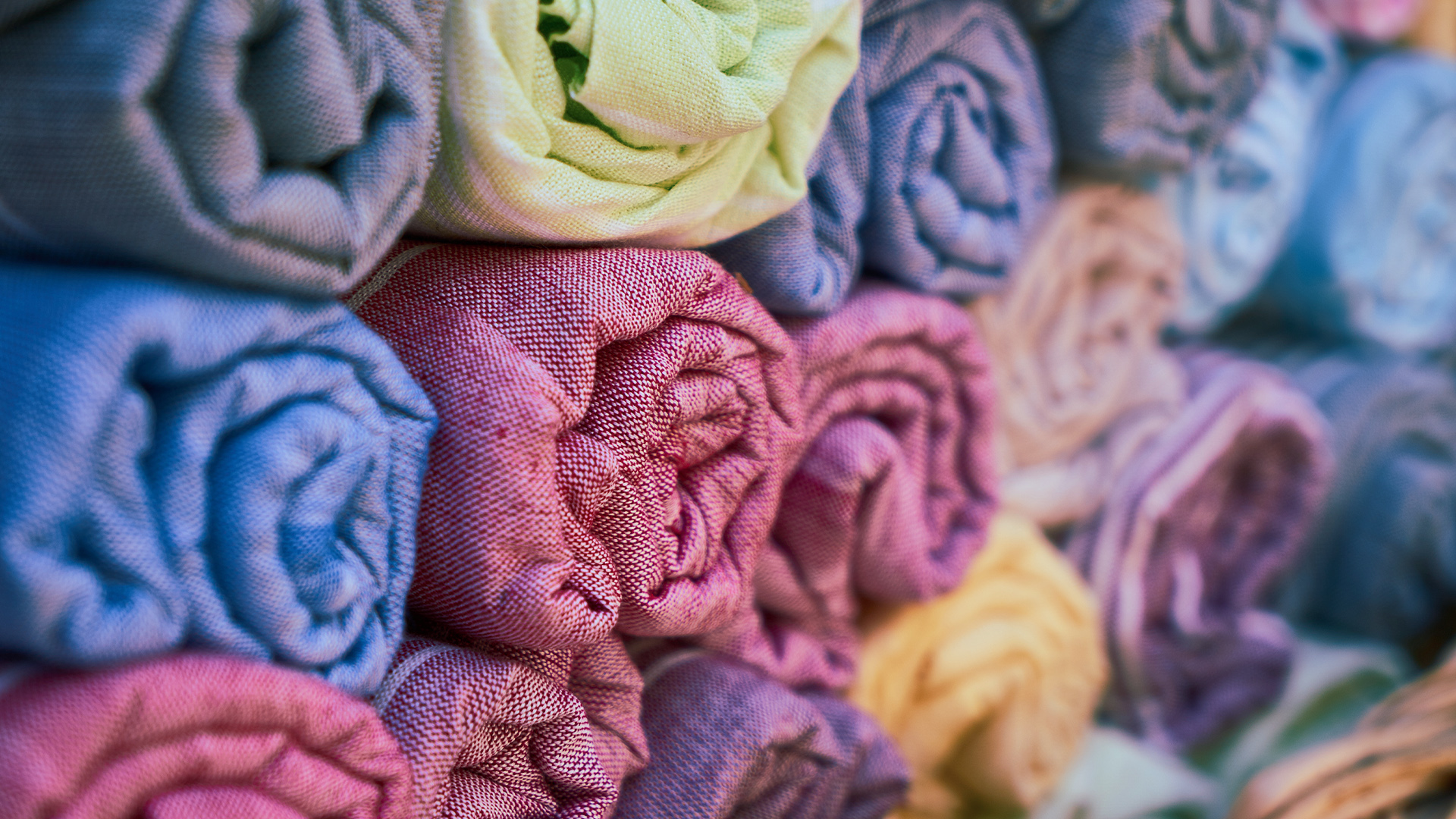There are many types of dyes used in the fashion industry.
To name a few:
- Fiber Reactive
- Natural
- VAT
- Direct
- Acid
- Disperse
- All-purpose
- Azoic
Ralph Lauren introduced a revolutionary dyeing platform called Color on Demand. This platform will transform how the fashion industry colors cotton sustainably and effectively. It is a multi-phased system delivering the world’s first scalable zero wastewater cotton dyeing system.
Color on Demand
It is a system of technologies that will enable the recycling and reuse of all water from the dyeing process and reduces the number of chemicals, dye, time, and energy. This process also provides a more sustainable way to color cotton during production. The brand aims to leverage the platform in more than 80 percent of its solid cotton products by 2025.
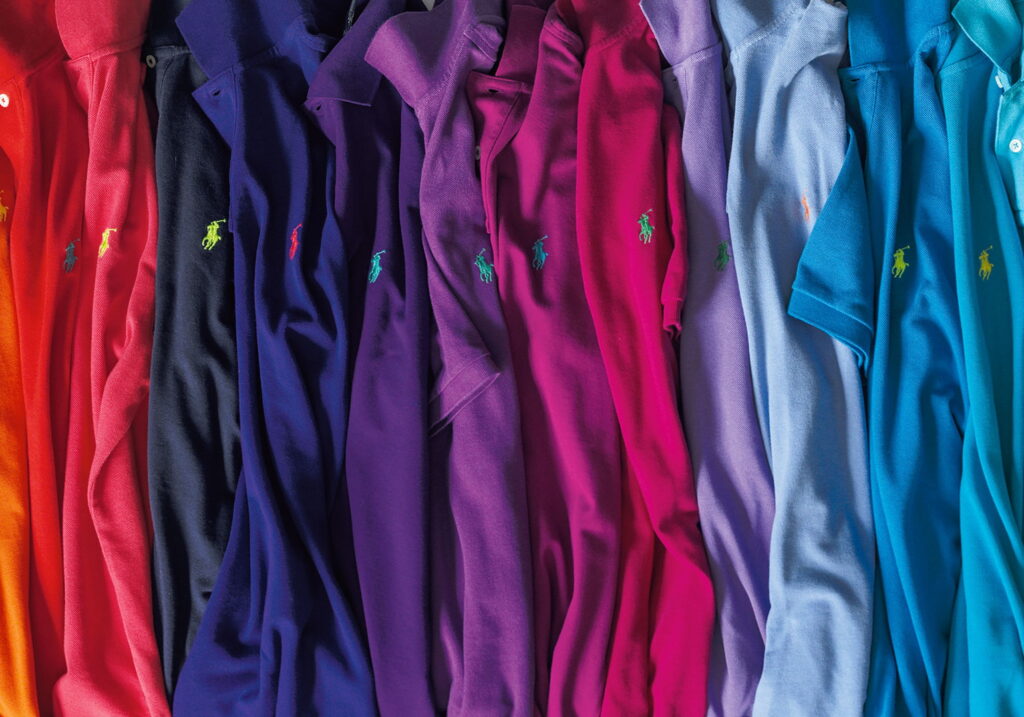
Who are the four leading innovators?
Ralph Lauren brought together four leading innovators that joined this shared mission to create a more sustainable and efficient system for cotton dyeing:
- Dow: Leader in Materials Science. Dow’s ECOFAST Pure is a sustainable fabric dyeing solution that uses 50% less dye and 40% less energy than traditional dyeing methods.
- Jeanologia: Leader in Sustainable Solutions for Garment and Fabric Finishing. They offer eco-wash solutions for garment finishing, like G2 Ozone and laser marking technologies for the textile industry.
- Huntsman Textile Effects: Global Chemicals Company specializing in Textile Dyes and Chemicals. They are committed to bringing the latest technologies, sustainability solutions, and market-leading products.
- Corob: Global Technology Leader in Dispensing and Mixing Solutions for applications like paints and coatings, inks, and chemicals.
Different types of Sustainable Dyes
- Natural Dyes
- derived from various natural resources such as:
- Plants
- Animals
- Minerals
- derived from various natural resources such as:
- Biosynthetic Dyes
- created using microorganisms
- Microbial Pigments
- Closed-Loop Dyes: aim to reduce water consumption and pollution by recycling and reusing all water from the dyeing process.
Natural dyes have been used for centuries before synthetic dyes were invented. In addition, traditional methods of dyeing using natural dyes require significant time, water, money, and auxiliary chemicals to generate a sustainable process.
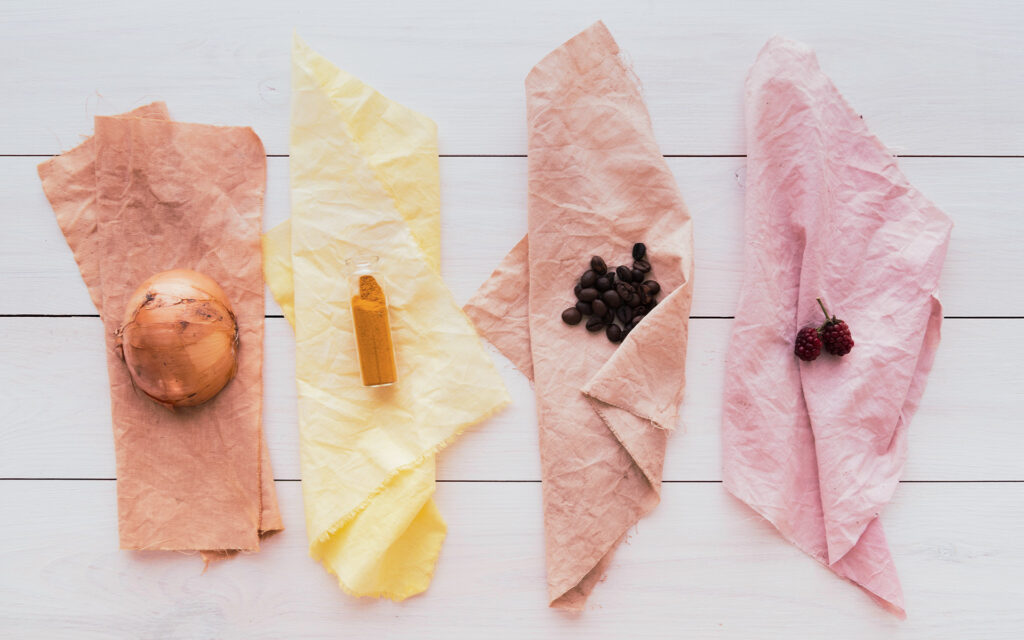
Bangladesh
In Bangladesh, wastewater is commonly dumped directly into rivers and streams, which can contain carcinogenic chemicals, dyes, salts, and heavy metals that pollute essential drinking water sources. Moreover, Bangladesh’s Ministry of Environment, Forest and Climate Change has stated that it is working towards minimizing the negative impact on the environment from the largest export-generating sectors like ready-made garments and textiles.
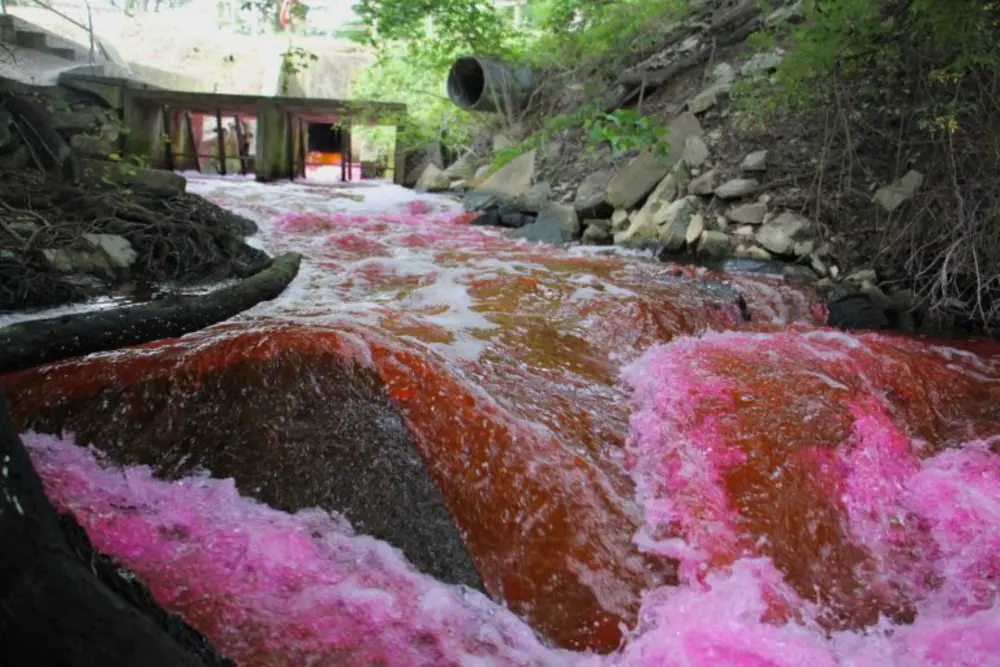
Shahab Uddin stated that measures are being taken to address pollution, including:
- Updating conservation and environmental laws
- Imposing fines on polluters
- Monitoring water quality
- Setting up centralized treatment plants
- Working with international development partners
The primary goal of the preceding measures is to improve wastewater treatment.
What are alternatives to dyeing?
There are several alternatives to dyeing clothes that are more sustainable and eco-friendly. One option is natural dyeing methods which use materials such as beeswax, aloe vera, vitamin A, and henna to create vibrant colors and finishing options. Another option is oxygen-based bleaching methods which use hydrogen peroxide instead of chlorine bleach which contains toxic chemicals. DyeCoo is a company that uses industrial-proven technology based on CO₂, instead of water, for textile dyeing. A direct dye can be applied directly, without requiring mordant or fixatives for fastness, to cotton or other cellulosic fabrics such as:
- Rayon
- Silk
- Wool
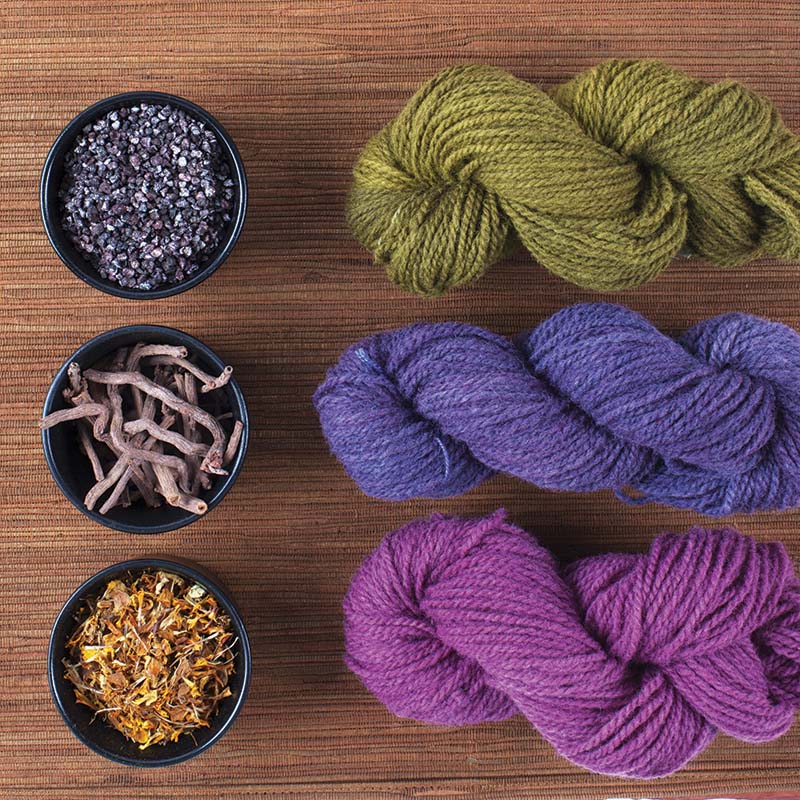
Luxury Brands that use Sustainable Dyes
- Burberry: Burberry has been trying to become more sustainable and environmentally friendly. They have set a goal to become Climate Positive by 2040, going further than their current 2040 net-zero target by investing in key initiatives to support climate change efforts beyond its value chain. This brand is committing to having 100% sustainable and traceable key raw materials by 2025.
- Chanel: This brand set ambitious sustainability goals, Chanel Mission 1.5°, and the 2015 Paris Climate Agreement. They focus on reducing emissions across Chanel operations by 50 percent by 2030 and moving towards 100 percent renewable electricity by 2025. They recognize climate change as both a social and environmental issue.
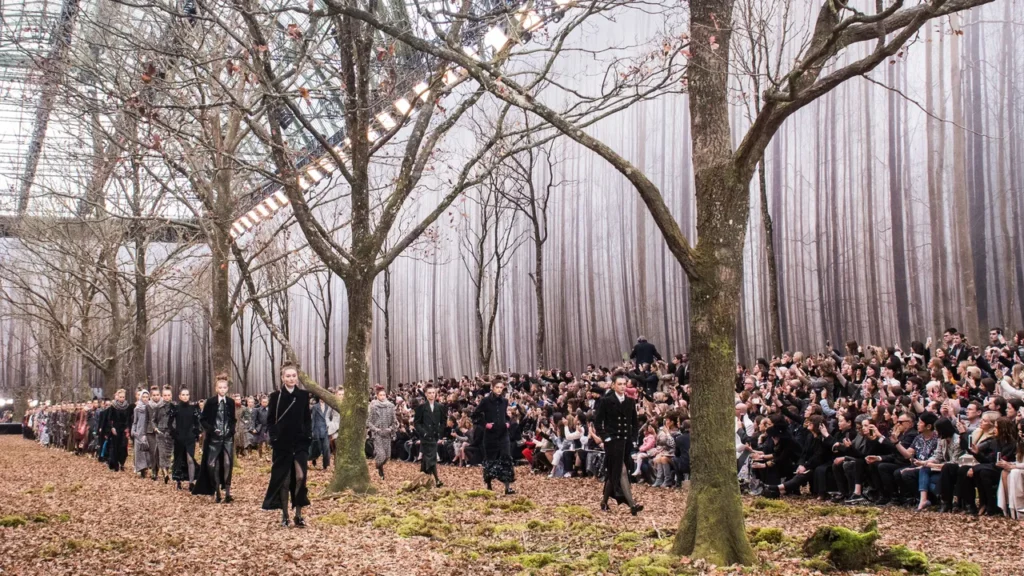
- Chloe: This brand has a Sustainability & Equality Program that aims to reduce its environmental impact and promote social responsibility. They have made practical changes such as eliminating virgin synthetic cellulosic fiber and raising the percentage of cashmere yarn used for knitwear that is recycled to 80%.
- Ermenegildo Zenga: Has a Sustainability report that maps the many steps and achievements they take daily to create a sustainable world. They have a sustainable ethos and have been giving back since 1910.


